Devlog #0 - Gameplay Loop and Subnetworks
It's been a month already since I published the Tunnet project page: so I thought now is a good time for a progress update.
Tunnet is a puzzle game which borrows some of the concepts from computer network theory. It is not really meant to be an educational game as the network protocols implemented in this project are purely fictional and much simpler than 'real-world' protocols (don't expect this game to teach you about TCP/IP or BGP, just to name a few).
It is an open-world game and does not have any "levels". The main goal is to maintain a global network that connects together as many endpoints as possible. The gameplay loop can be summarized as follow:
- Find a new endpoint to connect to the network. This is achieved by exploring the underground complex and digging tunnels to access the bunkers.
- Understand how the endpoint will be using the network. There are several ways to figure this out:
- If the shelter is inhabited, the technician can ask directly to the character that uses the endpoint.
- The shelter usually contains clues about the purpose of the endpoint such as notes, objects or signs.
- As a last resort, the technician can also eavesdrop on the transmitted packets and analyze the behaviour of the endpoint.
- Connect the endpoint to the network and set up the routing rules for the incoming and outgoing packets. As each endpoint has its own purpose, the main challenge of the game is to figure out how to properly integrates the new endpoints to the global network.
- Repeat.
While this concept seemed to work great when I experimented with the early builds of the game, I kind of missed the satisfying feeling you get when solving puzzles. It was more like playing an idle game where most of the rewarding aspects come from the amount of 'passive income' your previous investments generate.
To improve on that, I spent some time this month to figure out a way to add smaller-scale and standalone puzzles to the loop. One of the new mechanics I introduced consists in moving some of the endpoints to 'local networks' (aka. subnetworks) and preventing them to be directly connected to the global network.
Each subnetwork consists in at least a 'bridge' and an 'endpoint'. The only way to make the endpoint able to communicate with the rest of the world is to route the packets to the bridge first. Adding arbitray, non-removable, network devices between the bridge and the endpoint allows the creation of interesting puzzles as it forces the player to build/configure network devices in unusual ways. These challenges still help achieving the main objective as successfully solving them allows the global network to be expanded even further.
Here is an example of a puzzle that players may find early in the game:
Besides from the gameplay improvements, I still continue to polish the environments and the 3D models. Here is a sneak peek of a few areas I recently added/improved:
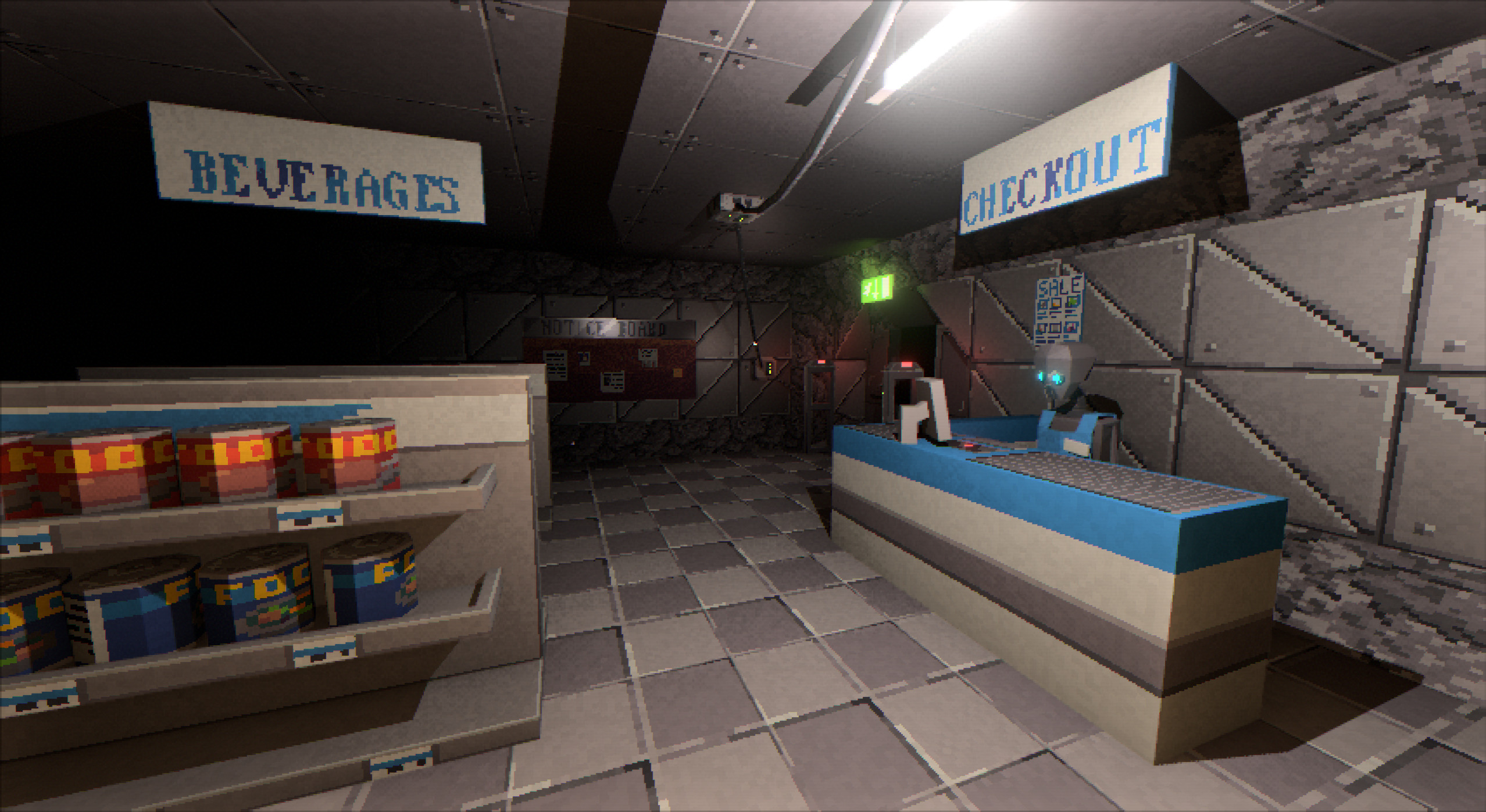
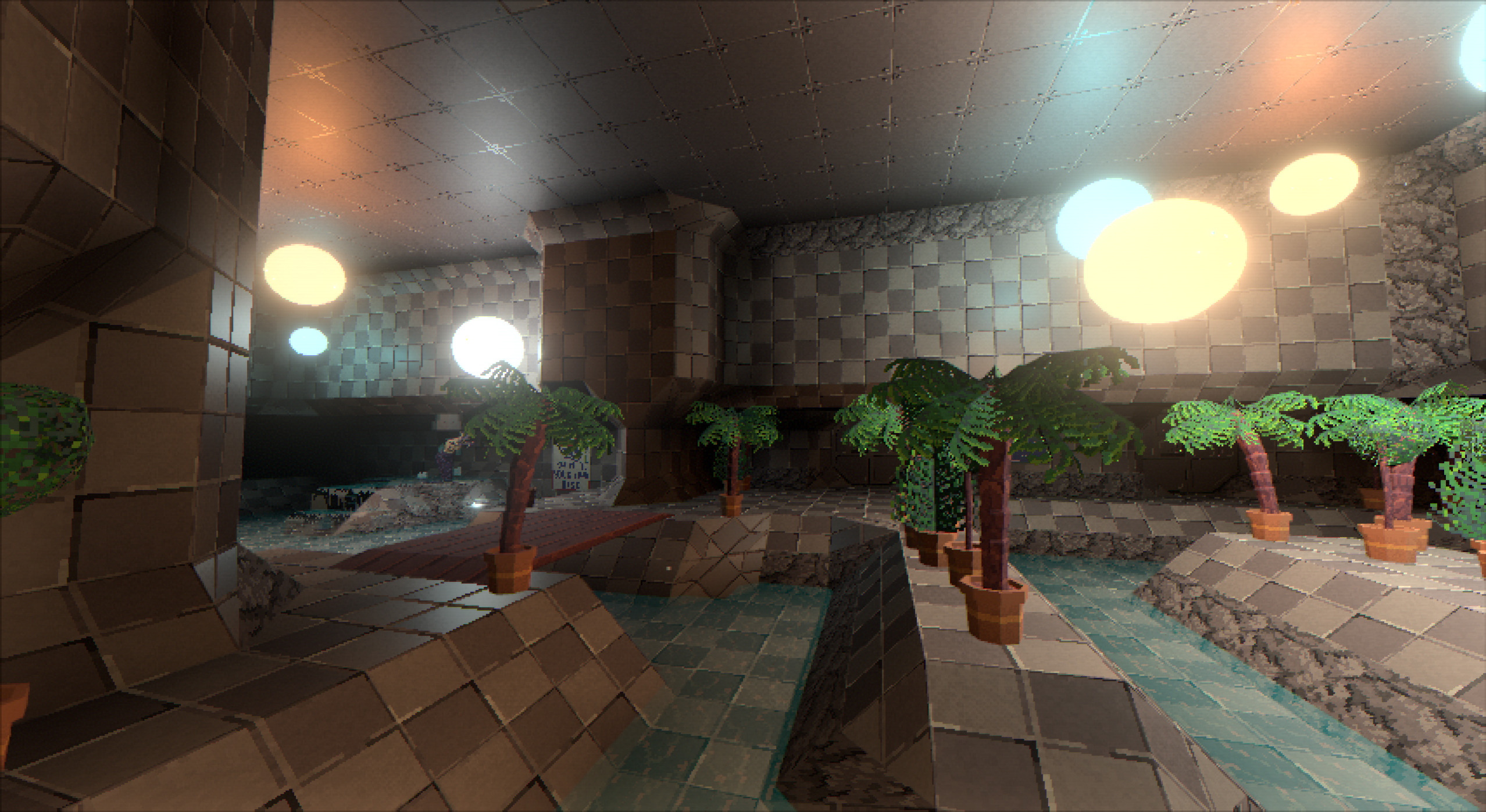
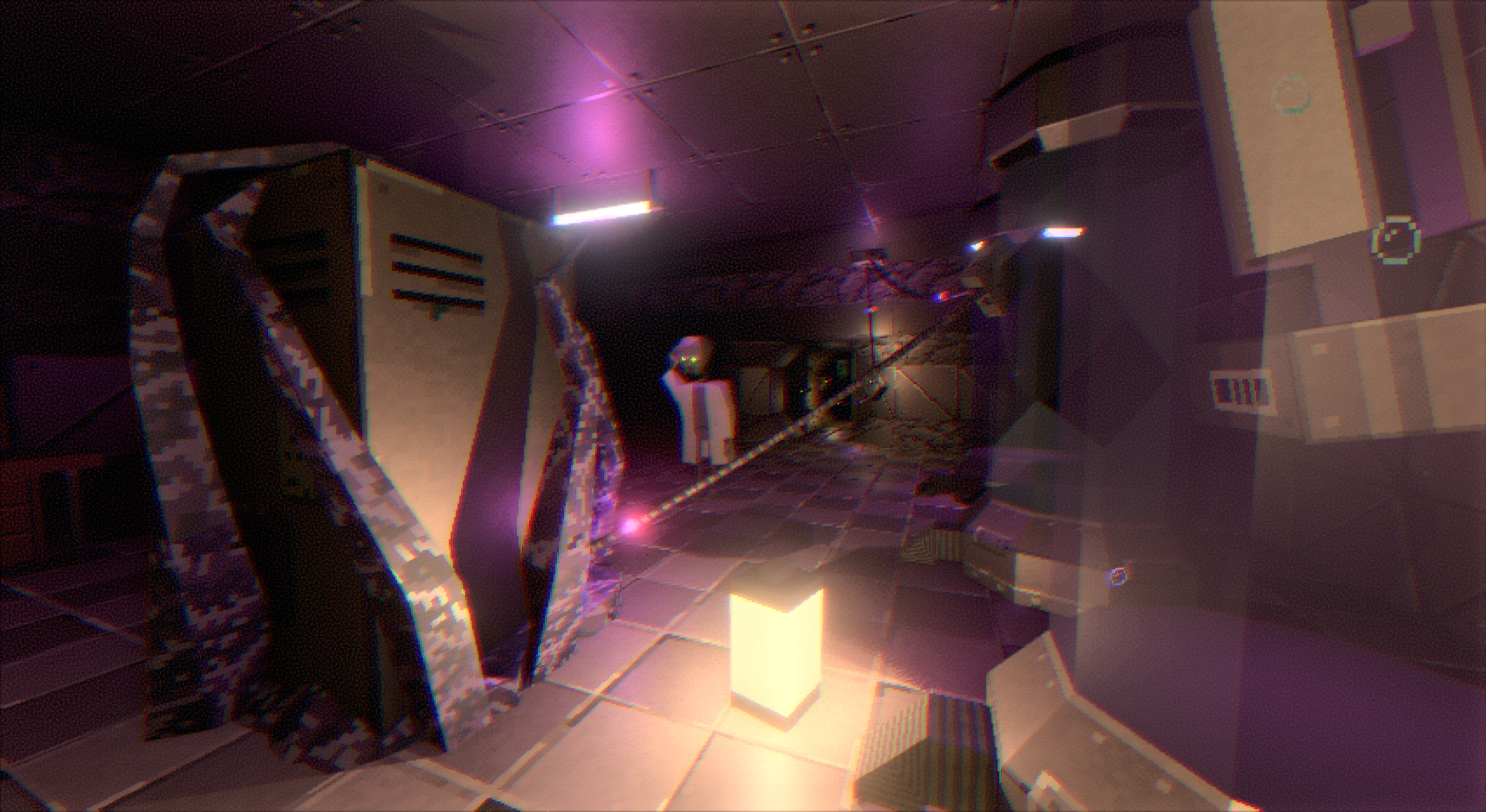
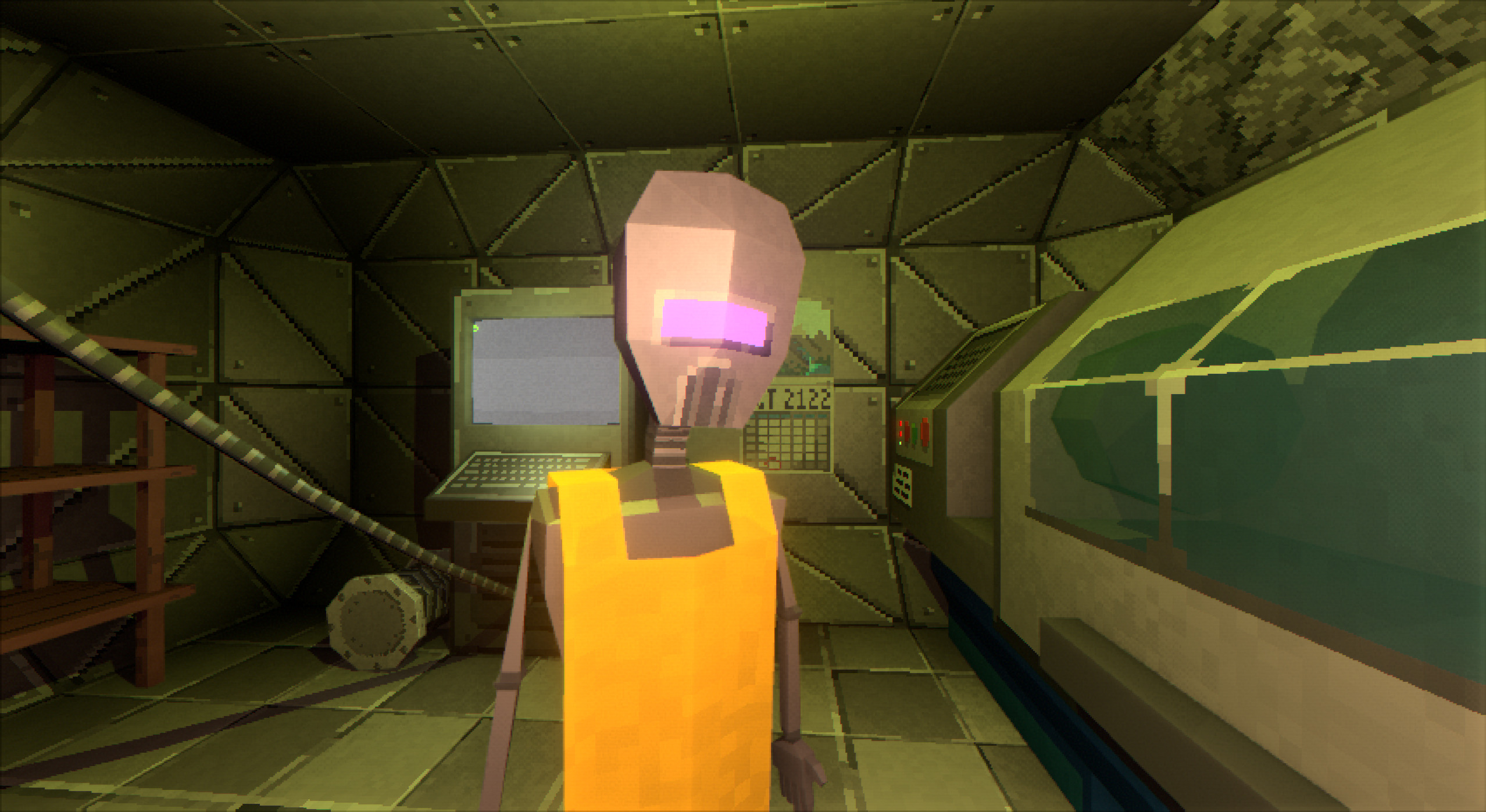

Thank you,
--
Puzzled Squid
Get Tunnet
Tunnet
Build, debug and optimize a computer network in an underground facility.
| Status | Released |
| Author | puzzled_squid |
| Genre | Puzzle |
| Tags | 3D, bevy, Exploration, First-Person, Hacking, Incremental, Low-poly, Pixel Art, zach-like |
| Languages | English |
More posts
- Update 1.2 is out!Apr 06, 2024
- Update 1.1 is out!Jan 01, 2024
- Tunnet is released!Dec 01, 2023
- Devlog #3 - Just One More FeatureNov 01, 2023
- Minor update - v0.8Oct 08, 2023
- Minor update - v0.6.1Sep 02, 2023
- Devlog #2 - OptimizationsAug 26, 2023
- The demo is out!Jul 28, 2023
- Devlog #1 - Ghost in the TunnelsMay 18, 2023
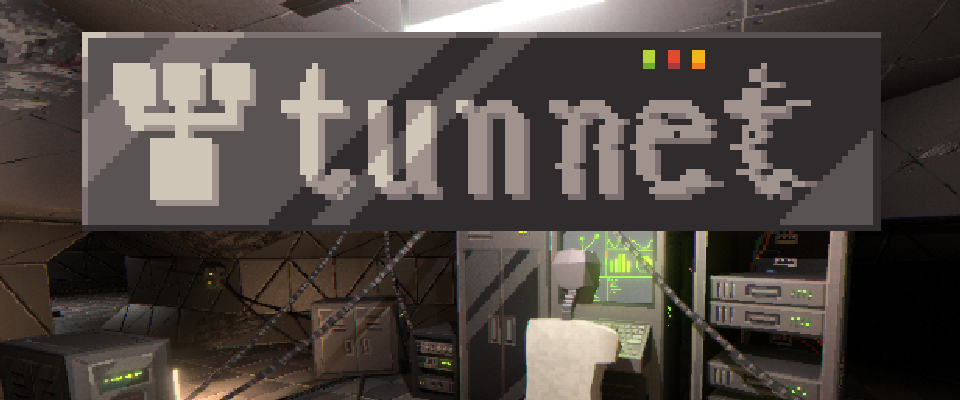
Comments
Log in with itch.io to leave a comment.
Awesome! Feels like a network engineer’s dream :P. The art style and storytelling is really engaging!
Also this is one of the best games I’ve seen built with Bevy. Would love to know more about how you’re going about it!
This game looks great
Thank you!
Your game looks so cozy. I can't wait to try it
Thanks! :)